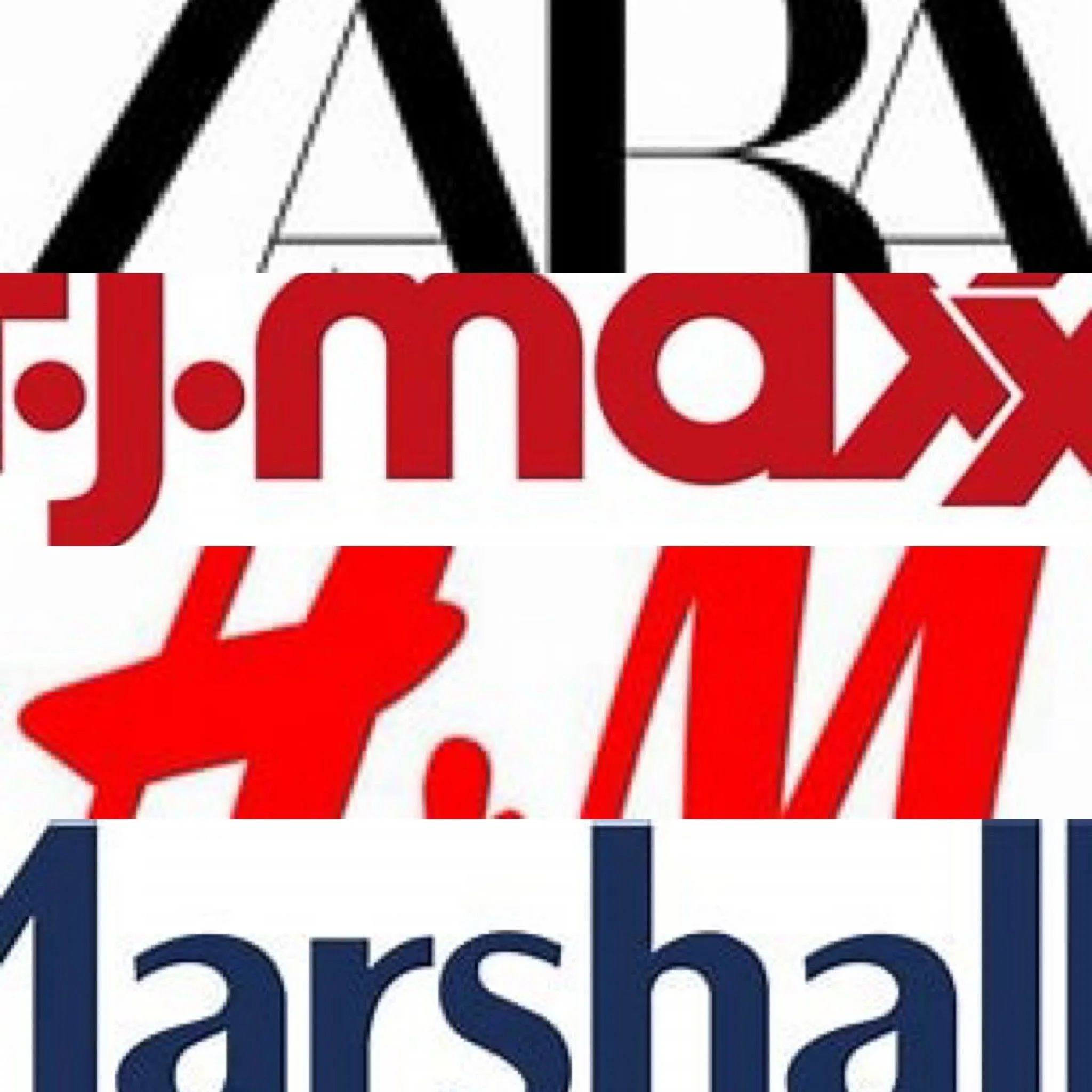Managing the rush of a deal: Five tips to shop in discount apparel stores
Do you get a rush when you get a “deal?” Most of us feel a great sense of satisfaction, or a “rush” when we find a good deal (yay dopamine!). We get a sense of excitement when we are shopping and find something that is significantly discounted, or costs less than we thought it might cost and feel compelled to buy it. This is particularly true in our recent time of financial recession.
As a stylist, I applaud a good deal- I live for it!! However, finding great discounts or discount shopping is a slippery slope.
My question is, when you find a discount on a apparel, how well does it fit? How well does it align with other items in the closet? Many of my clients are victims of buying too much at bargain prices and are swimming in a closet of “one offs” and feeling overwhelmed. They crave a simple capsule wardrobe that fits and is easily paired. How did this happen?
I think it’s important to appreciate a good deal but not let it cloud our judgment on what fits well or looks good on us. Getting things on a discount is a bonus not the objective. When you bargain shop all the time, you run in to the danger of your closet looking like a TJMAXX outlet store. This means that items sort of fit and lots of what you have are ‘one offs,’ that don’t go with other things in the closet. Then there is the risk of items that look cheaply made, (poorly constructed fabrics, seams aren’t sewn well, puckering, etc.). Over time some of these discount items may fall apart because they aren’t made to last the test of time (or multiple wears).
How do you bargain shop to not look like you bargain shop? Here are a few action items to follow:
1. Be diligent about fit. The items must flatter your shape. Often fast fashion items aren’t tailored well and don’t fit most silhouettes well. You can use a tailor to create a better fit depending on what needs to be altered. Shortening pants and skirts or hemming sleeves are easy fixes. Blazer alterations where there is way more fabric in the sleeve, or the shoulder doesn’t hit at the very edge of your shoulder is expensive to alter. Better leave it behind for another bargain shopper.
2. Check labels. While name brands end up at the discount stores, be diligent on trying it on before you buy. The brand name may not have passed a qualification to be sold in affiliate department stores but may be sold at a discount store. An example, I find lots of Max Studio clothes (a brand found at Bloomingdales, Saks 5th Avenue) at discount stores like TJ Maxx. I know this brand fits me well, but I always try them on before I purchase.
3. Be planful. Each season take stock of what is in your closet. Think of staples that you need and know what is already in the closet. This makes it easier for you to know how to pair items that you might buy (on discount) throughout the season. When you aren’t planful, you end up with lots in your closet but not the key staple pieces that make an outfit. The result is having nothing to wear because you can’t create an outfit with what you’ve accumulated.
4. Stay away from fast fashion for work horse pieces. Let’s set aside for a moment the evils of fast fashion production and distribution practices; that is it’s own separate conversation. For those that are shopping fast fashion, steer clear of those items that you want to keep from season to season, like work attire. Work horse pieces, or those you want to hang on to from season to season or from one year to the next, shouldn’t be from fast fashion labels. Those items aren’t meant to stand the test of time/multiyear use. Inevitably, you will purchase multiple iterations of that one item (i.e., staple button-down white blouse). Are there exceptions? Of course. But by in large, go with a better constructed garment (most likely at a higher price point) for those timeless pieces.
5. Ask yourself screening questions: Does this fit well? Will I wear it? Where will I wear it? Do I want this to stand the test of time? What will this pair with that is in my current closet (don’t’ forget shoes you will wear with it)? These questions will help you to sift through the rush of finding a ‘bargain’ and help you to save money and room in your closet.
These are good tips to keep in mind when you are actively shopping or passively find yourself in a discount store. Hopefully this will save you some money, room in your closet, and always have something to wear.

